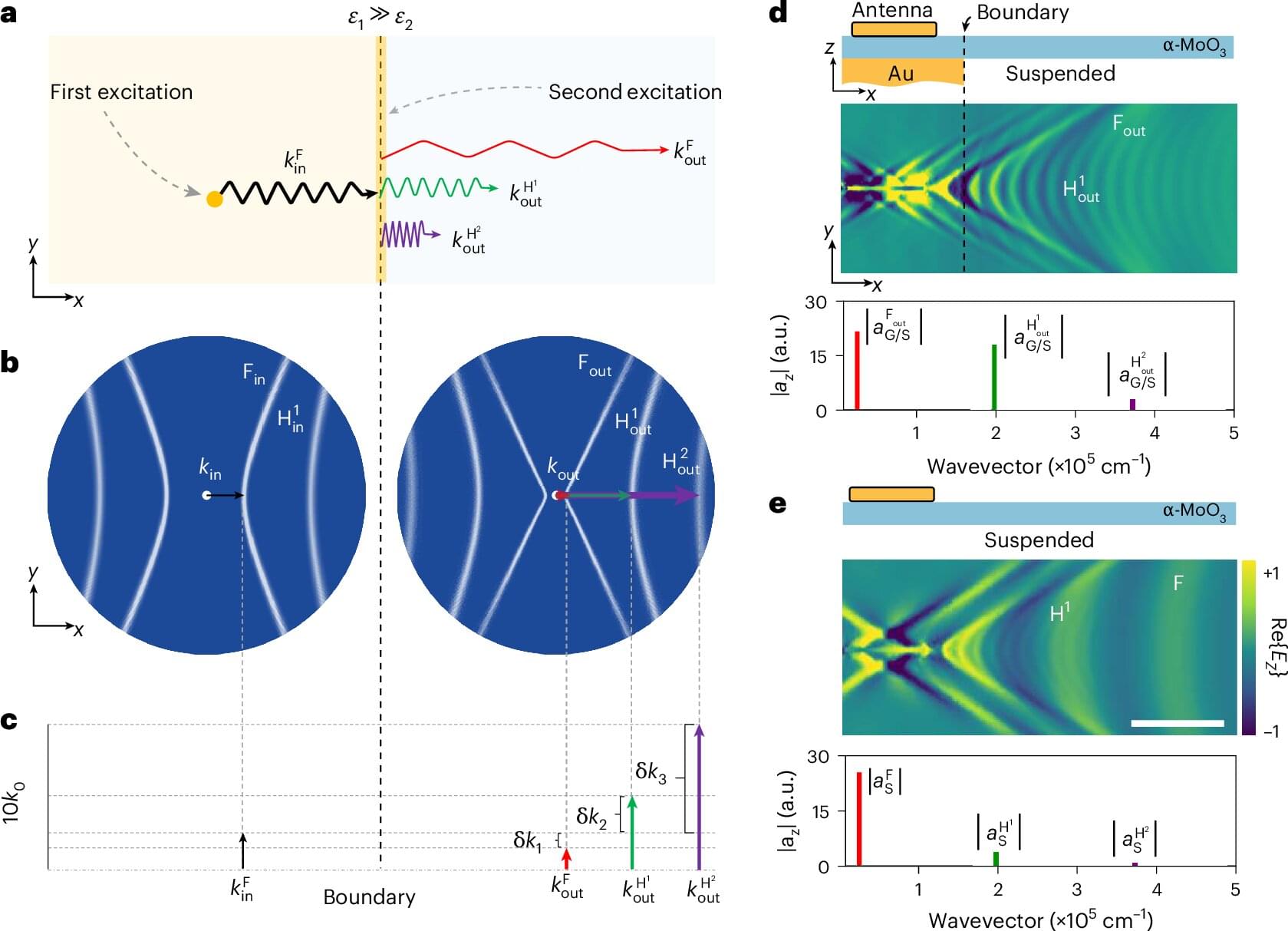Fooled into following a hacker’s rogue commands, a drone is liable to do any number of things. Fly erratically. Speed up. Slow down. Hang suspended in the air. Reverse course. Take a new course. And, most dangerously: Crash.
What the compromised drone cannot do, however, is regain control. Lost to its original assignment—whether it’s delivering a package, inspecting an aging bridge or monitoring the health of crops—the machine is essentially useless.
At FIU, cybersecurity researchers have developed a series of countermeasures to fight back mid-flight against hostile takeovers.








